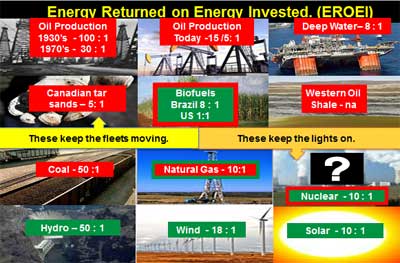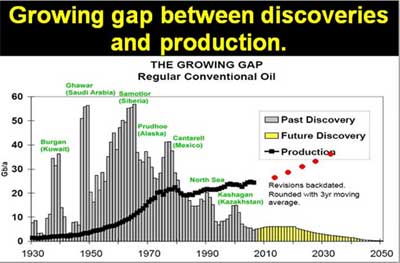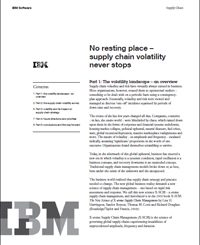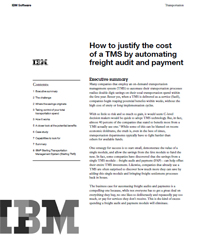 |
April 19, 2012 - Supply Chain Newsletter |
 |
This Week In SCDigest
FEATURED SPONSOR: Accellos |
||
Download New Whitepaper: |
||
|
|
||||||||||||||||||||||||||||||||||||||||||||||||||||||||||||||
New Upcoming Videocast:
Part 2 - Surviving The
End of Cheap Oil
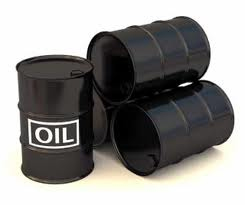
Conserve, Cooperate, Get Lean With Chuck Taylor's Peak Oil Checklist
Featuring Chuck Taylor, Former Transportation Executive, Founder of Awake!, and Peak Oil Prophet; Greg Holder, CEO and Founder, Compliance Networks; and Kevin Harris, Director, Compliance Networks
New On Demand Videocast:
Operations Rules for Driving
Business Value & Growth
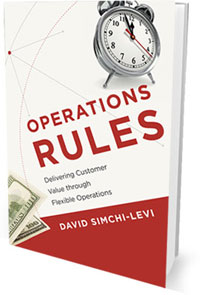
Part 2 : Supply Chain Segmentation for Improved Profitability - Strategies to
Trim the Long Tail
Featuring Dr. David Simchi-Levi,
Professor of Engineering Systems, MIT
Important Research Project:
Building the Supply Chain
from the Shelf Back

These responses will be aggregated and become part of a new report on Building the Supply Chain from the Shelf Back to be released later this Spring.
Can you please help by taking this quick 10 minute survey? All respondents will receive a summary of the data in just a few weeks.
More of the excellent feedback we received on our couple of First Thoughts columns related to Metrics and Supply Chain Performance.
Feedback of the Week: On Metrics and Supply Chain Performance: |
||
1. To me the craziest supply chain metric is plan conformance. In truth I mean measuring plan conformance at more than a daily level, perhaps allowing that in fairly stable industries this could go out as far as a week. This is crazy because of the assumption that he plan was correct in the first place. Several studies, including one by Terra Technology, have shown that a weekly level forecast is typically about 52% accurate, whereas during NPI this drops down to 35%. Admittedly Terra's customers improve this to 70% accuracy for mature products, but this still leaves 30% forecast error. (According to Terra, the typical forecast accuracy has improved only a few % over the past 8 years.) Since the demand plan is typically used to drive the supply plan, how accurate is the supply plan? So why are we forcing the organization to conform to a plan that is inherently wrong, well inaccurate anyway. 2. All plans are based upon assumptions of both demand and supply. These are assumption and, in many cases, assumptions are wrong to some degree. And stuff happens too. Trucks break down, machines fail, yields drop, ships get delayed, containers fall off of forklifts, etc. Today's extended, global, and outsourced supply chains amplify the effects this disruptions have on the supply chain because there is less time to react because it takes longer to understand the impact of an event because of lower visibility. While every effort is made to buffer against uncertainty and disruptions, most companies cannot afford the inventory required to mitigate against all the risks. What I am missing in the discussion about supply chain management is what do we do when the plan is wrong. The discussion for the past 25 years has been about creating the perfect plan, the optimal plan. This is all fair and well if you can get anywhere close to a perfect forecast, but every indication is that we're not going to get there any time soon. If we can't get to a perfect forecast, and therefore we can't get a perfect plan, what skills and capabilities should we develop to deal with the inevitable mismatch between actual demand and planned supply? The first is the ability to detect when actual demand is different from planned demand quickly. More important is the ability to determine the impact this mismatch has on the supply plan. How much of the actual demand can be satisfied by supply plan? Where are the major mismatches? The second is that once these have been identified, how does the supply chain respond quickly and effectively? Our view is that planning is the first step. The question is where will the next breakthrough come from: Learning to plan better, or learning to detect and respond to real demand quickly and effectively. Trevor Miles |
||
More on Metrics and Performance:
|
||
Another great article that poses a great set of questions. Actually, I think both hypotheses are probably correct.
Nick Seiersen |
||
I would like to argue that Supply Chain Performance Management is not a topic to take off the list, but instead focus the discussion on "which metrics matter and why", and steering customers to knowing that it doesn't have to be that hard -- especially with analytics technology and applications in the market today. Our SCPM product which won the SCC technology innovation award, makes it easier for supply chain professionals focus on metrics that matter, and provides them an easy path to identify the root cause of a metric trend or an exception generated by the system based on a combination of metrics, and proactively manage the situation. Even more compelling if focused on metrics that matter is then the comparison to cascading goals - financial and operational. You're right: target setting which starts to help establish the framework, would help compare performance against a certain goal/objective. The app also has a way to capture these targets -- example: what should my cash-to-cash cycle time be? But it requires an organization change in mindset, which I do hope your columns can steer the companies to. Padmini Ranganathan |
||
SUPPLY CHAIN TRIVIA ANSWER
Q: About how many gallons of gasoline are contained in a barrel of oil?
A: In theory, about 42, if all the oil was used to produce gas. But of course, some is used to produce diesel, jet fuel, kerosene, etc., depending on the type and quality of the oil, refinery capabilities, and market conditions.
| © SupplyChainDigest™ 2003-2012. All Rights Reserved. SupplyChainDigest PO Box 714 Springboro, Ohio 45066 |
POWERED BY: XDIMENSION |


